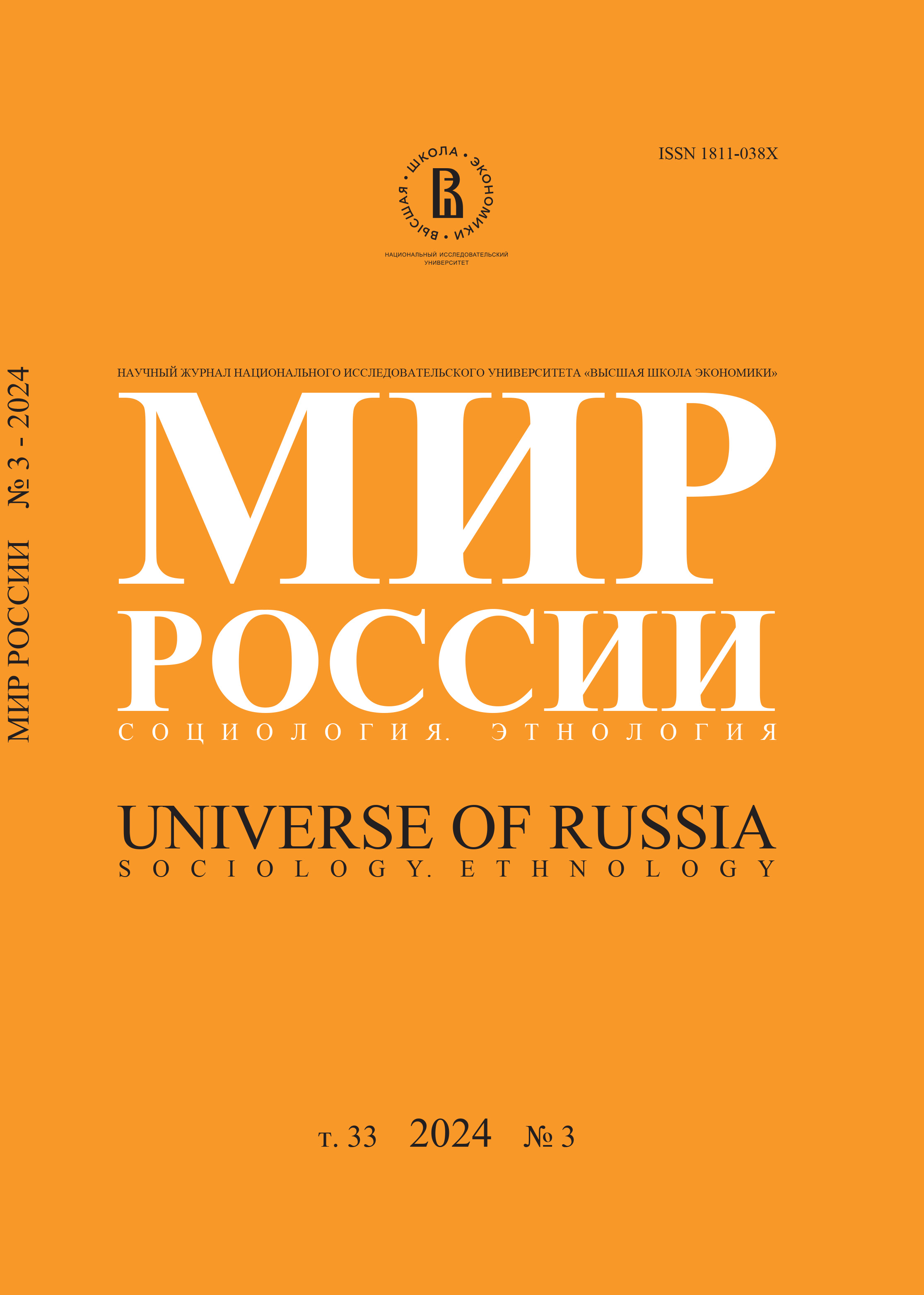The Strategies of City Development Actors and the Target Image of Non-capital Industrial Cities in Tatarstan
Abstract
The development of industrial settlements is determined not only by initiatives from above, but also by the presence or absence of real actors who can integrate communities by building strategies for participation in urban processes and intra-city interaction. Expert interviews conducted in four cities of Tatarstan – Naberezhnye Chelny, Nizhnekamsk, Almetyevsk, Zelenodolsk – showed that such actors are mostly leaders of large enterprises. Their strategies highlight indirect (through social support for workers and investment in their professional growth) and direct forms (when they contribute to preserving the environment of territories, improving infrastructure, and organizing city events). They are more often conceptualized and stated in programmatic forms, and the progress of their implementation is reflected in corporate social reporting. The scale and nature of companies’ participation in urban development depends on their industry, functional affiliation, and management intentions. The strategies of local authorities are also conceptually built and have stated forms, while their actual strategies often remain situational. The main function of municipal bodies is to organize the interaction of participants in urban processes to integrate the development of territories. In the cases studied, they carry this function out with each group of actors separately, and this communication is rarely associated with building the target image of the city. New subjects in industrial settlements are representatives of SME, in many of which communities are just being formed, and accordingly, their activities in relation to cities are situational. The actions of social activists are more structured around the improvement of neighborhoods, courtyards, and specific volunteer projects, and do not receive clear conceptual expression. In the cultural sphere, there are old and new (representatives of creative industries) actors, on whose interaction the cultural content of the constructed images of a place and the attractiveness of spaces depends. Regional actors, however, are significant players in the industrial cities of Tatarstan. Although the subjects have their own strategies, a single, clearly formulated vision of the city in the cases studied is lacking. They are less focused on long-term goals and more often act tactically. Nevertheless, expert interviews made it possible to identify possible vectors for the future development of each of the non-capital industrial settlements of the Republic of Tatarstan.






